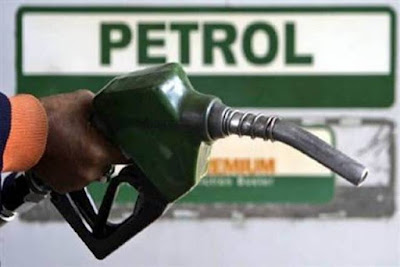Why govt is not cutting petrol, diesel prices this year 2021.
Here we come with a new IMP News In our informative blog site knowing steps360. Prime Minister Narendra Modi’s government faces growing clamour to rein in rising petrol and diesel prices by cutting taxes, the reason for it not yielding to the demand can be traced back to the early 2000s. The present and the next governments have a bill worth Rs 1.3 lakh crore to pay, thanks to the then governments’ largesse of keeping petrol and diesel prices in check.
Retail fuel prices hit over Rs 100 per litre in many states, including the national capital Delhi. Notably, various central and state taxes make up for up to 60 per cent of fuel prices. However, the government is ostensibly using this tax to mop up money for payment of dues towards redemption of oil bonds worth over a lakh crore rupees.
What is oil bonds? Why did governments issue?
Oil bonds were issued in lieu of cash subsidy to oil marketing companies (OMCs) in former Prime Minister Manmohan Singh’s UPA era, and also Atal Bihari Vajpayee’s NDA rule. These sovereign oil bonds, issued in favour of oil companies Indian Oil Corp, HPCL and BPCL, were transferable, allowing these companies to raise immediate cash at the time. The government, being the issuer, would bear the interest payments and redemption at maturity. During that time, OMCs were selling fuel at lower than international market prices to keep it affordable. The government compensated those companies for it.
The government has a liability to pay Rs 20,000 crore in the current fiscal year 2021-22 in the form of bond repayment and interest on the outstanding oil bonds. While for the next six years, the government has a total debt obligation worth Rs 1.30 lakh crore.
UPA regime for issuing oil bonds.
Union Petroleum Minister Dharmendra Pradhan (before the recent Cabinet reshuffle) blamed the UPA regime for issuing oil bonds, saying that this is the main reason behind the hike in fuel prices. He said that the Congress-led UPA, left lakhs of crores dues which the Modi government has to pay in the coming years. He also stated that there has been a rise in the prices of crude oil in the international market. To fulfil the domestic needs, India has to import 80 per cent of oil, which is the main reason for the rise in petrol, diesel prices.
Total oil bonds payout stands at Rs 1.30 lakh crore
In the 2021-22 receipt budget, as per annexure 6E titled ‘Special Securities Issued to Oil Marketing Companies In Lieu Of Cash Subsidy’, pending liabilities related to oil bonds were Rs 1,30,923.17 crore. This means an amount of Rs 1,30,923.17 crore was the total value of pending oil bonds by the end of 2020-21.
Narendra Modi’s NDA government first came into power in 2014. During its regime, two tranches of bonds, worth Rs 1,750, each (Rs 3,500 crore), matured in 2015.
Two oil bonds maturing this fiscal
In 2019, Narendra Modi’s NDA government came into power for the second consecutive time. According to the budget documents, oil bonds worth Rs 41,150 crore are due for maturity between 2019-2024. In 2018, Union Petroleum Minister Dharmendra Pradhan said that the government has paid around Rs 10,000 crore annually as interest over the last decade.
It is likely that the government will pay a similar amount of interest for outstanding bonds for the current fiscal as well. So, the total bond repayment and interest on the outstanding oil bonds stands around Rs 20,000 crore for the current fiscal.
Not just UPA, but Atal Bihari Vajpayee-led govt also issued
However, oil bonds were issued not only by the UPA government but also by the Atal Bihari Vajpayee-led NDA government. According to the budget speech of 2002-03, the then Finance Minister Yashwant Sinha said that the government would issue oil bonds. “The Oil Pool Account will be dismantled on April 1, 2002, and the outstanding balances will be liquidated by the issue of oil bonds to the concerned oil companies”
Check Also: Petrol Price Today, check-in your city.











0 Comments